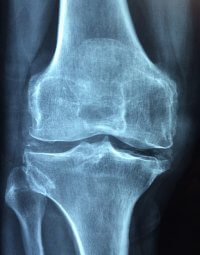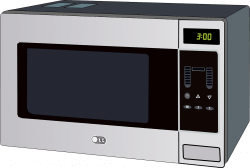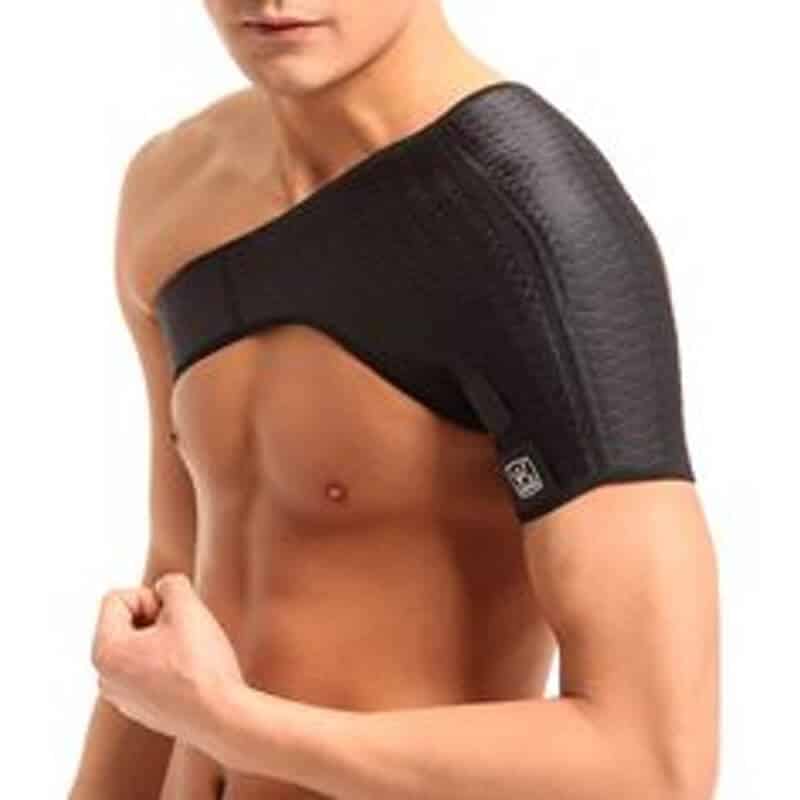Four Things To Know About Moist Heat Therapy
Moist heat therapy uses a wet source to transfer heat to your tissues in order to achieve pain relief. The wet source can take many forms including a hot water bottle, a steam towel, a sauna, a paraffin bath or a moist heating pack like a HotPac or a Theratherm Digital Moist Heating Pack. In this post, we examine a few key questions related to moist heat therapy and its benefits and risks compared to the more traditional form of dry heat therapy. The questions we hope to answer include the situations for which moist heat may be a good choice, whether moist heat can help to treat swelling and how you can make a moist heating pad for yourself at home.
The benefits of heat therapy, whether moist or dry, come firstly in the form of increased blood circulation through the injured area. This has the effect of speeding the healing process. Heat can also reduce pain through the “gating” process. This process utilizes the fact that the receptors that transmit pain signals to the brain are also responsible for transmitting heat signals. As a result, the application of dry or moist heat stimulates these receptors and “drowns out” the pain signals they would otherwise transmit to the brain. The result is a reduction in the level of pain the patient is experiencing. This process is similar to that used by menthol based pain relievers such as Motion Medicine.
Moist Heat Achieves Quicker & Deeper Penetration Of Body Tissues
Moist heat has been clinically proven to have several advantages over dry heat. These include quicker and deeper penetration of the patient’s tissues and a more powerful response from the body’s temperature receptors.
However, although moist heat offers these advantages, its effects do not last as long as those of dry heat. Studies have shown that the benefits of moist heat last only for around 2 hours on average while those of dry heat can persist for as long as 8 hours.
Treatment Of Arthritis & Other Deep Sources Of Pain Using Moist Heat

Because of its ability to reach deep tissues and pain sources, moist heat can be particularly effective when treating arthritic pain. Osteoarthritis, for example, is a result of sections of bone rubbing against each other without the protective cartilage that is supposed to prevent direct contact. For such a deep source of pain, most heat therapy offers the valuable benefit of being able to reach the source of pain more quickly than dry heat therapy.
Moist heat therapy is also effective in treating pain and secondary muscle spasms that some patients report as a side effect of chronic arthritis.,
Other problems for which moist heat can be a good choice of therapy include Delayed Onset Muscle Soreness or DOMS (frequently experienced after exercise) and pain from back or neck muscle spasms. DOMS has proven surprisingly resistant to treatment using most other forms of therapy. However, heat therapy (and moist heat therapy in particular) turns out to be effective in relieving its pain and discomfort. In all of these situations, the ability of moist heat to quickly reach deep tissues is a valuable advantage.
While moist heat is a good choice in the above situations, it should not be considered when infection is present or if the injury is a fresh one. In those situations, ice therapy is a better alternative. It will slow down the metabolism and reduce any bleeding that may be present. If the injured area is sensitive to touch or the skin around it is hot and/or red, heat therapy is not a good choice.
Can Moist Heat Be Used to Treat Swelling?
Despite its many advantages, heat, whether moist or dry, is not a good choice to treat swelling. This is particularly true of swelling that arises in the immediate aftermath of an acute injury. In most situations, moist heat therapy will increase skin temperature and promote increased blood circulation, which will only make the swelling worse. Despite its many benefits, moist heat should be avoided whenever there is swelling or inflammation present.
How To Make A Moist Heating Pad At Home

Due to the speed with which it can penetrate into the body to reach deep tissues, moist heat is a great way to relieve the pain of Delayed Onset Muscle Soreness that individuals typically experience after a prolonged bout of exercise. Making a moist heating pad that you can use at home is a convenient way to reduce the daily pain and soreness experienced after a regular workout. Here is how you can construct a heating pad for use at home:
- You will need a ziploc bag, 2 hand towels and a microwave;
- Soak both towels in water and then squeeze the water out until they are both damp;
- Place one damp towel in the ziploc bag, making sure to leave the bag open;
- Insert the bag into the microwave and heat it on the high setting for 2 minutes;
- Remove the bag from the microwave, seal it and wrap the other damp towel around it.
The result will be a home made moist heating pack that you can apply to your sore or painful area for 20 minutes to get pain relief.








Hi,This article is so useful for me about medical pack
good job and thank you!!!
I got a lot of useful tips about medical pack from this article. Thank you very much!
I have another article about medical pack. Maybe you will be interested in it^_^
Accompanied life-saving straw — assembling of individual medical pack